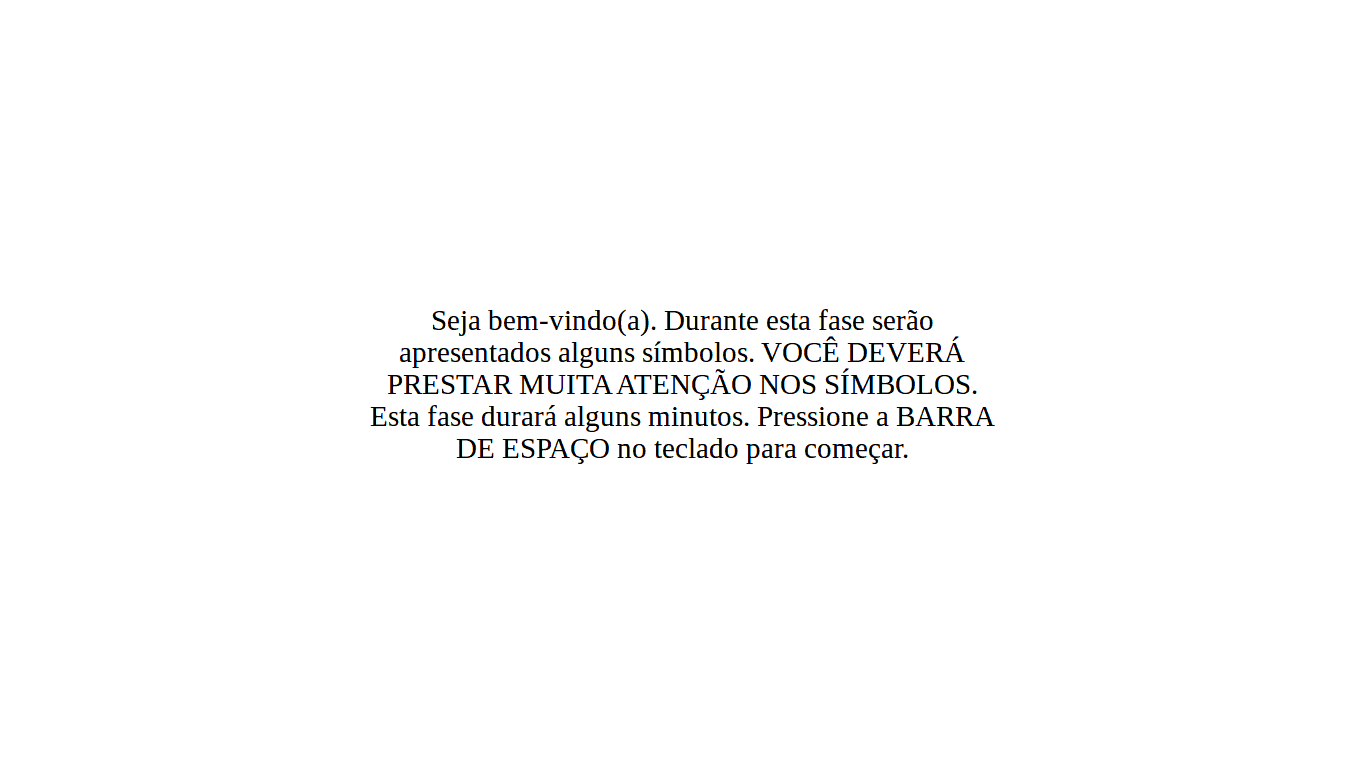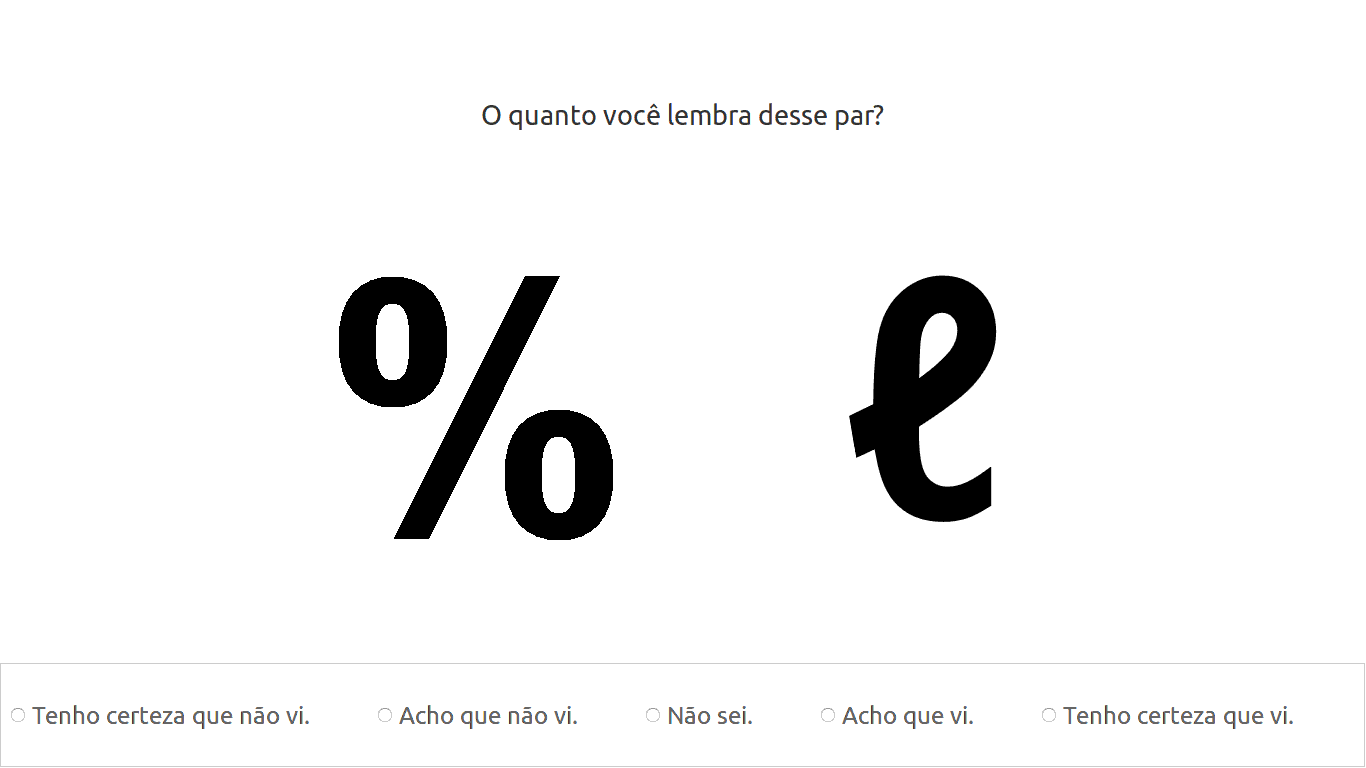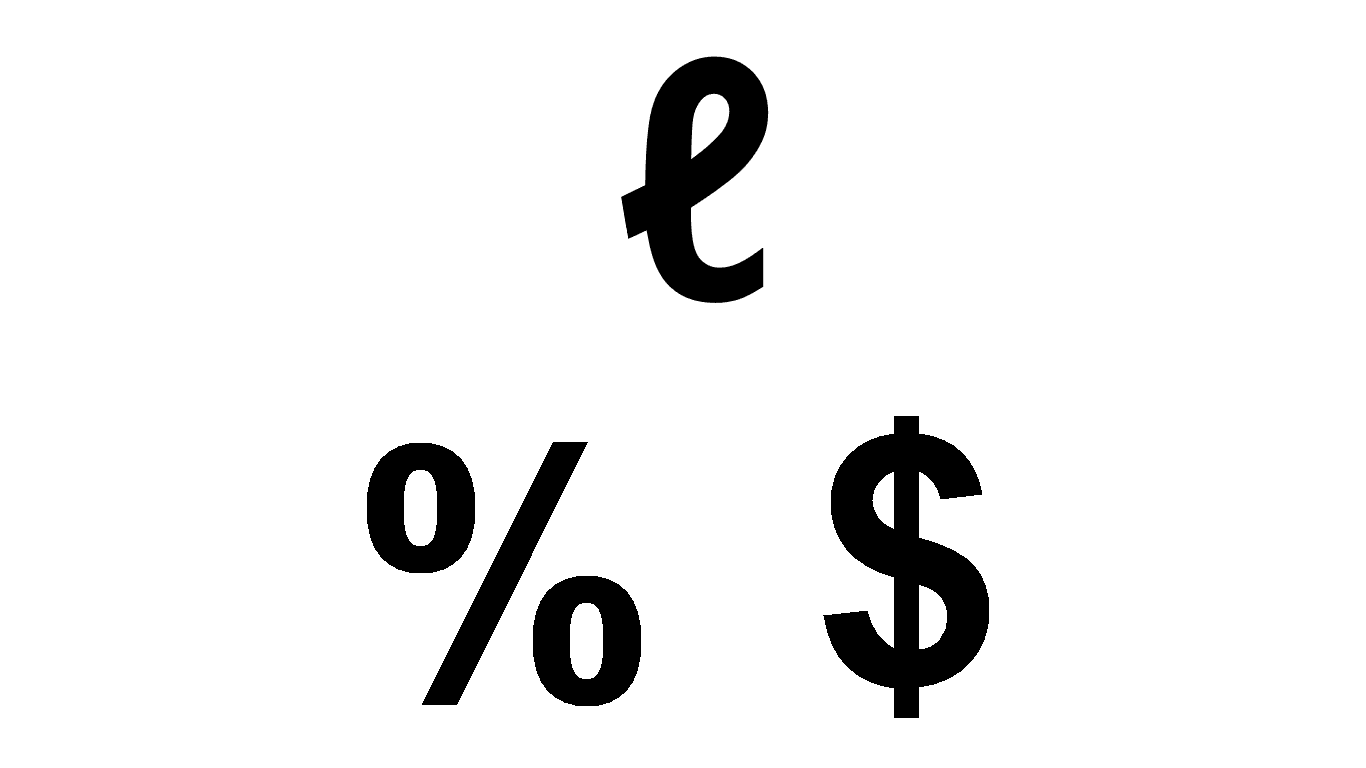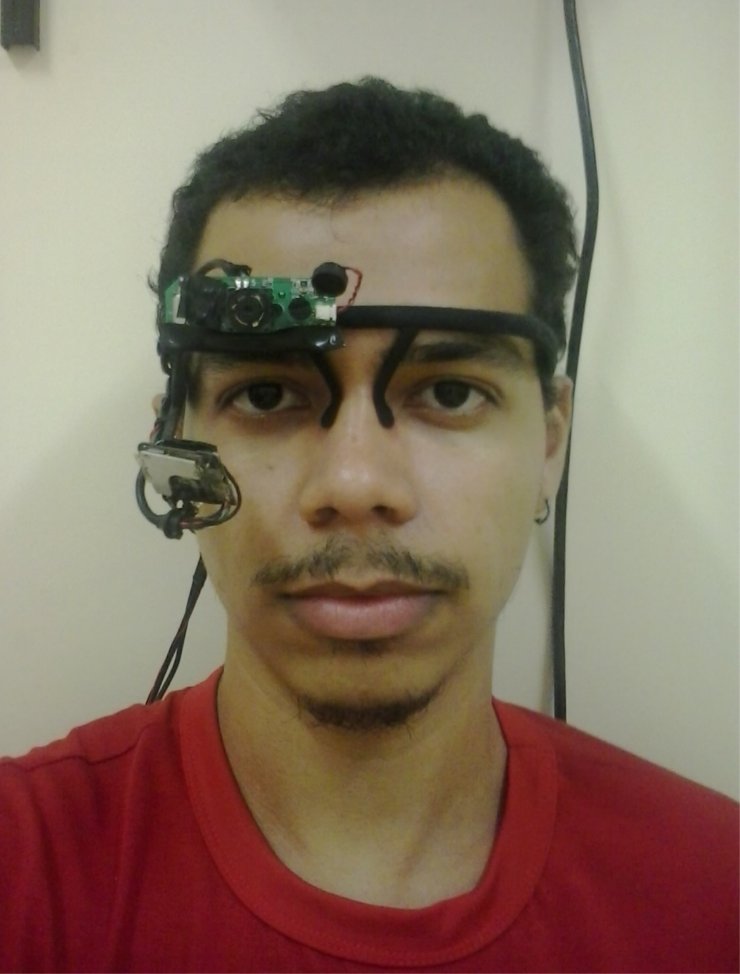Dr. Rafael Picanço
-
Journal Article
Ribeiro, D. C. M., Guimarães, T. M. M., Picanço, C. R., Caralho Neto, M. B. & Tourinho, E. Z. (2021). Effects of an Analogue of Negative Reinforcement on the Selection of Culturants. Psicologia: Teoria e Pesquisa. https://doi.org/10.1590/0102.3772e3728
-
Book Chapter
Picanço, C. R. F., & Oliveira Filho, G. (2020). Inferindo eventos comportamentais e ambientais a partir de eventos do jogo Portal 2. In H. B. Neves Filho, M. R. P. Farias, M. L. B. S. Couto, P. Eiterer & Yulla Knaus (Orgs.), Re-Search: Recriando experimentos da Psicologia em videogames (1o ed, pp. 169-170). Fortaleza, Imagine Publicações.
-
Book Chapter
Lima, W. F., & Picanço, C. R. F. (2020). Is the programmer an author? Developing software for research. In H. B. Neves Filho, L. A. B. Freitas, & N. C. C. Quinta (Orgs.), Introduction to software development for behavior analysts, Vol. 2 (1o ed, p. 94-103). Campinas: ABPMC.
-
Journal Article
Neves Filho, H. B., Leite, F. L., Brito, N. A., & Picanço, C. R. F. (2019). A Conceptual Framework for a Behavioral Study of Individual Development and Creativity: The Behavior Tree. Revista Brasileira de Terapia Comportamental e Cognitiva, 21(3), 350-371. https://doi.org/10.31505/rbtcc.v21i3.1341
-
Journal Article
Guimarães, T. M. M., Picanço, C. R., & Tourinho, E. Z. (2019). Effects of negative punishment on culturants in a situation of concurrence between operant contingencies and metacontingencies. Perspectives on Behavior Science. https://doi.org/10.1007/s40614-019-00224-z
-
Doctoral Thesis
Picanço, C. R. F. (2018). Eye movements correlated with the feature-positive effect (Doctoral thesis). Universidade Federal do Pará, Belém, PA, Brazil. https://doi.org/10.13140/RG.2.2.28480.23045
-

Pavlovian induction
November, 14, 2018.
I wrote, in a couple of hours (with some fixes afterwards), a program for Behavioral Research on Pavlovian Induction.
The software can be found here. It was especifically written for Maiana Araújo dos Reis master's degree experiment, with François Jacques Tonneau as advisor.
Keystone, a program for Observation Research
September, 22, 2018.
I wrote, in a day (with some fixes afterwards), a program for Behavioral Observation Research in which it was necessary to count events by visual inspection of videos.
The program was inspired by Boris. Boris does not supports adding visual cues to help in the counting process. We found that visual cues increases interobserver concordancy (especially when it necessary to speed-up videos). Keystone allows the researcher to load png files with transparency as visual cues overlayed on top of videos. For example, if you need to count bicycles, an observer can be instructed to count a bicycle only if such one had crossed a red line used as a visual cue.
A pure JavaScript infrastructure for remote experiments
July 2018.
I wrote, in three days, a pure JavaScript infrastructure for running experiments in the participant's browser.
The researcher sends a link of the experiment to participants. A participant must consent before participanting. Next, one can login and start the experiment. In the end, data of a completed experiment is sent by e-mail to the researcher.
You can preview a demo here.
Memory Test
July 2018.
I wrote, in two weeks, the software that will present the experimental task correspondent to the master's research of Ravi Moreira Lima de Castro, who has François Tonneau (PPGTPC - Universidade Federal do Pará - Brazil) as his advisor. The experimental design includes two conditions. The first one presents stimulus-stimulus pairings and a memory test by means of a likert scale. The second presents stimulus-stimulus pairings and memory tests by means of matching to sample tasks.
The software runs on Windows and Linux.Journal Article
Picanço, C. R., & Tonneau, J. F. (2018). A low‐cost platform for eye‐tracking research: Using Pupil© in behavior analysis. Journal of the Experimental Analysis of Behavior, 110 (2), 157-170. https://doi.org/10.1002/jeab.448
Book Chapter
Picanço, C. R. F. (2018). Introdução ao desenvolvimento de interfaces gráficas com Lazarus e Free Pascal. In H. B. Neves Filho, L. A. B. Freitas, & N. C. C. Quinta (Orgs.), Introdução ao desenvolvimento de software para analistas do comportamento (1o ed, p. 33–88). Campinas: ABPMC.

Free-mtrix
since November, 2016.
Free-mtrix is a couple of softwares written for the Laboratory of Social Behavior and Cultural Selection at Universidade Federal do Pará, Brazil. The software allows designing and presentation of social experiments based on tasks similar to the ones reported by Vichi, Andery and Glenn (2009). In such tasks, each participant can choose visual elements of a matrix and then the software determines which individual and social consequences will be presented.
Designer is the software used to design social experiments and laboratory micro-cultures. To design your experiment, all you need to do is to fill in a short form (~ 10min). The form uses a behavior analytic terminology, making it intuitive for researches of this field. At the end, a configuration file containing the experiment becomes available and ready for use, arquiving or further editing, as needed.
Runner is the software used to run configuration files. The program will read the file and then manage, present and record the experimental task. The program has a built-in chat allowing distant participants to interact. Choices, other experimental data and chatting are recorded automaticly in real time. The ZMQ library allows the program to be executed in a single machine, for tests for example, or in machines of a local network.
Free-mtrix is free software (GPL3) and all generated data is open and accessible in plain text.
Technically speaking, the program was designed to study macro and metacontingencies, as well as to study concurrency between individual and social contingencies.For details about the macro and metacontingencies, please see:
Vichi, C., Andery, M. A. P. A., & Glenn, S. S. (2009). A metacontingency experiment: the effects of contingent consequences on patterns of interlocking contingencies reinforcement. Behavioral and Social Issues, 18, 41-57. doi: 10.5210/bsi.v18i1.2292Journal Article
Picanço, C. R. F., & Barros, R. S. (2015). Symmetry Evaluation by Comparing Acquisition of Conditional Relations in Successive (Go/No-Go) Matching-to-Sample Training. The Psychological Record, 65(1), 131–139. https://doi.org/10.1007/s40732-014-0096-x
Journal Article
Brino, A. L. F., Galvão, O. F., Picanço, C. R. F., Barros, R. S., Souza, C. B. A., Goulart, P. R. K., & McIlvane, W. J. (2014). Generalized Identity Matching-to-Sample After Multiple-Exemplar Training in Capuchin Monkeys. The Psychological Record, 64(4), 693–702. https://doi.org/10.1007/s40732-014-0035-x
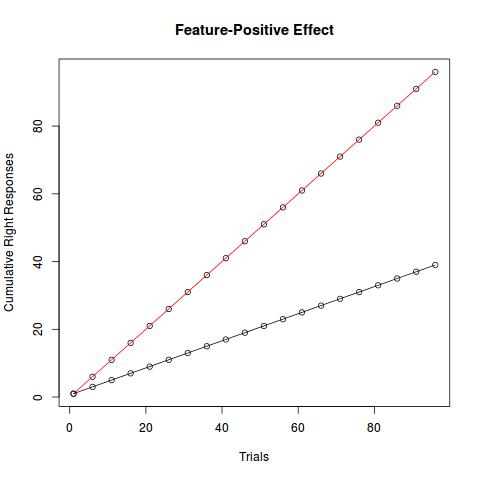
Eye movements correlated with the Feature-Positive Effect
from 2014 to 2018.
My doctorate was a challenging and rewarding basic research endeavor. The Positive Aspect Effect allows one to predict that some people will learn faster than others during some tasks; it has implications for the understanding of selective attention. My purpose was to replicate the effect and to describe correlated eye movements. This was done by tracking ocular movements of human participants performing tasks whose objetive was distinguish between two arrangement of figures. I am very proud to have been able to set up my own eye tracking laboratory based on the Pupil plataform and have integrated my own stimulus presentation program to this platform. You can see the abstract of the thesis by clicking on the button below.
Stimulus Control
since Mar 10, 2014.
The tool is a work in progress and can be extended to run a wide range of behavioral experiments. Currently, it can be used to design, present, archive and record some complex feature-positive experiments and simple eye orientation experiments. It aims to allow, with a few clicks and basic background, fast experiment design. It supports sounds (using the Castle Game Engine library), videos (using the LCLVLC component and the libvlc library) and images (jpg, bmp) as stimuli (antecedents, consequences). It supports a wide range of response requisities, or technically "schedules of reinforcements" (FR, FI, VR, VI, FT, FI, DRH, DRL, DRO, multi components, etc). There are Object Oriented Classes implemented to present trials as Text Messages/Instructions, Simple Discriminations and Conditional Dicriminations. Stimuli can be presented either successively or simultaneously. Mouse (or touch) tracking is implemented in these two last classes. "Discrete Trials" or "Free Operant" designs are possible too. It was designed to be cross plataform; currently tested under Windows (7, 8 and 10), Crunchbang 11, Ubuntu (13.10 and 14.04) and Debian 8. It is an open source (GPL3) application writen in Object Free Pascal (Lazarus 1.6.0, FPC 3.0.0).
DIY pupil!
Assemble a Pupil Dev Headset.
Pupil Dev Headset is a Pupil Labs tool.
since Jan 28, 2014, as a member of the Pupil Community.
The Pupil Dev headset have been a necessary hardware for my doctoral project.
Pupil Labs is a german company by Moritz Kassner, William Patera and Andreas Bulling. The company provides accessible open source tools for eye tracking and egocentric vision research. They are awesome.
Music by heart
Sing an inspiring song.
"A song for you" (Leon Russell).
Dec, 2013.
Inspired by the Ray Charles and The Carpenters records. Produced, recorded, mixed and masterized at Estúdio Livre.
Master Thesis
Picanço, C. R. F. (2013). Avaliação de simetria por comparação de treinos de emparelhamento ao modelo sucessivo (go/no-go) (Dissertação de mestrado). Universidade Federal do Pará, Belém, PA, Brasil. https://doi.org/10.13140/RG.2.1.1385.0082
Rock N' Drum
Complete the drums of this full length album.
Album, 'Música Popular Roqueira'.
released in 2013 by Iza, via Soundcloud.
Iza sings, plays the guitars and composes since she was 14 years old. Besides being a musician and lyricist in the project that receives her name, shes is a mother of two and a teacher of many. I have been her drummer and fan since 2012. A loyal squire, as she often says.
The album’s title “Música Popular Roqueira” can be translated to “Rocker Popular Music”. It makes an analogy with a brazilian music style known as “Música Popular Brasileira”, or just “MPB”, (“Brazilian Popular Music”). The analogy is not funny in english, because “Rocker” and “Brazilian” have different suffixes and will not rhyme. Se, let me translate as “Rocklandian Popular Music”. Now we could say that we live in the Rockland nation.
Journal Article
Barros, R. S., Picanço, C. R. F., Costa, T. D., & Souza, C. B. A. (2013). Learning-set de reversões de discriminações simples em macaco-prego. Interação em psicologia, 16(1), 1–12. https://doi.org/10.5380/psi.v16i1.25197

Experimental School for Primates
from 2005 to 2013.
The Experimental School for Primates lab is a branch of the National Institute of Science and Technology on Behavior Cognition and Education (INCT-ECCE). The school is located at Universidade Federal do Pará, Brazil. It aims to teach, mainly to non-human primates, pre-symbolic or language like skills. The "school" metaphor have been used inside a basic research environment to refer to an individualized school curriculum, built from simple to complex tasks. Research relies on single subject design and different procedural strategies for establishing prerequisites. Students are not forced to study, they receive classes only if they choose to. As a consequence of it, teachers relies on meticulously programmed procedures based on food presentation to give the best learning experience as possible to their students. Hence, no extended food deprivation periods are maintained and all students are well feed twice a day, with free water, fruits, ration, vegetables and supplements. These circunstances gives an approximation to real life challenges, specially when humans with severely delayed development are the students. Automated and individualized teaching procedures are the main products of this basic research environment. To make this happens, a lot of effort was done by the team in order to make software and hardware solutions. It is worth noting that I was able to cooperate with the computer scientists, by testing their software, discussing good practices and strategies, and even implementing the features I needed to my own work. I am very pround of having been able to help others to make progress on their work too. Finally, I am very pround of have been a teacher of the Experimental School for Primates.
For a more detailed description of the scope of this research topic:
McIlvane, W. J., Dube, W. V., Serna, R. W., Lionello-DeNolf, K. M., Barros, R. S., & Galvão, O. F. (2011). Some Current Dimensions of Translational Behavior Analysis: From Laboratory Research to Intervention for Persons with Autism Spectrum Disorders. In E. A. Mayville & J. A. Mulick (Eds.) Behavioral foundations of effective autism treatment, (pp. 155–181). Cornwall-on-Hudson, NY: Sloan Publishing.
Journal Article
Cruz, I. R. N., Picanço, C. R. F., & Barros, R. S. (2012). Uso do procedimento de máscara para verificar relações de controle de estímulos em macacos-prego. Revista brasileira de análise do comportamento, 6(1), 55–66. https://doi.org/10.18542/rebac.v6i1.991
Bachelor Thesis
Picanço, C. R. F. (2010). Learning Set de Reversões de Discriminações Simples Combinadas com Macaco-prego: Explorando Procedimentos para a Formação de Classes (Trabalho de conclusão de curso.). Universidade Federal do Pará, Belém, PA, Brasil. https://doi.org/10.13140/RG.2.1.3351.0889
Into the code.
Start programming.
How did I start coding?
learning since 2009.
As a psychology undergraduate, my first program was an Excel VBA Macro to format raw data and analyse the formated data. Then, I moved to an Excel VBA macro that generated *.INI configuration files used to run experimental sessions in a software called EAM. From those macros, I learnt the very basics on sintax, semantic and logic.
During my master degree, the next challenge would be to understand the code of the EAM software (< 2000 ln), written by Drausio Capobianco with Delphi 7, in order to write a GUI to generate the configuration files and automate some lab routines. From that challenge I learnt about functional programming, oop, algorithms, memory management and more sintax, semantic and logic (for example, Delphi, R).
As doctoral student, I implemented new experiments, new analytical methods and assembled an eye tracking research lab from scratch. From that experience, I learnt about work collaboratively online, open source, open science, prototyping, computer vision, calculus, statistics, and more sintax, semantic and logic (for example, Git, Free Pascal and Python).
Learning the basics on HTML, I also wrote this site using the Jekyll generator, the Bootstrap framework and custom jQuery, CSS and Javascript.
However, I am not a computer scientist, of course. I am a behavioral scientist with programming skills.
Le Matin des Magiciens.
Complete the drums of this full length album.
Album, 'O Despertar dos Mágicos'.
released in 2009 by Malachai, via Ná Figueredo.
My first full length album as a drummer.
Malachai fed this album with music produced during the 60s and 70s, specially those made in Brazil, in the US and in the UK. Kind of mixing Os Mutantes with The Band and The Who, the band was a self driven experimentation, known by its live jams being dressed to character. Thou shall not die without listen to the album.
By the way, ‘Le Matin des Magiciens’, in french, refers to the book written by Louis Pauwels and Jacques Bergier in 1960, that inspired the name of the album. There is an english translation too: ‘The Morning of the Magicians’.
